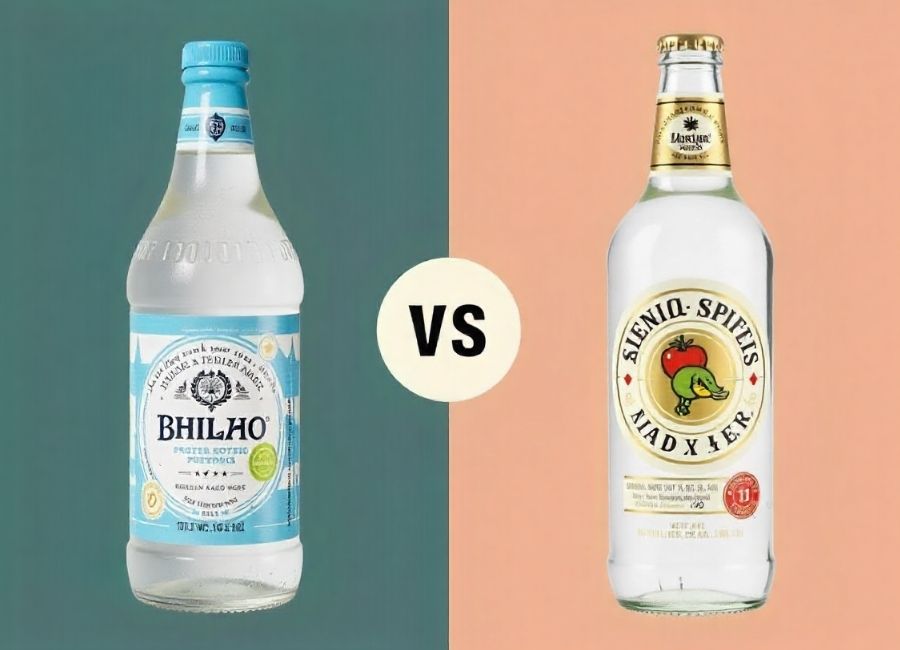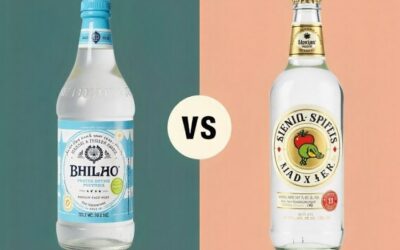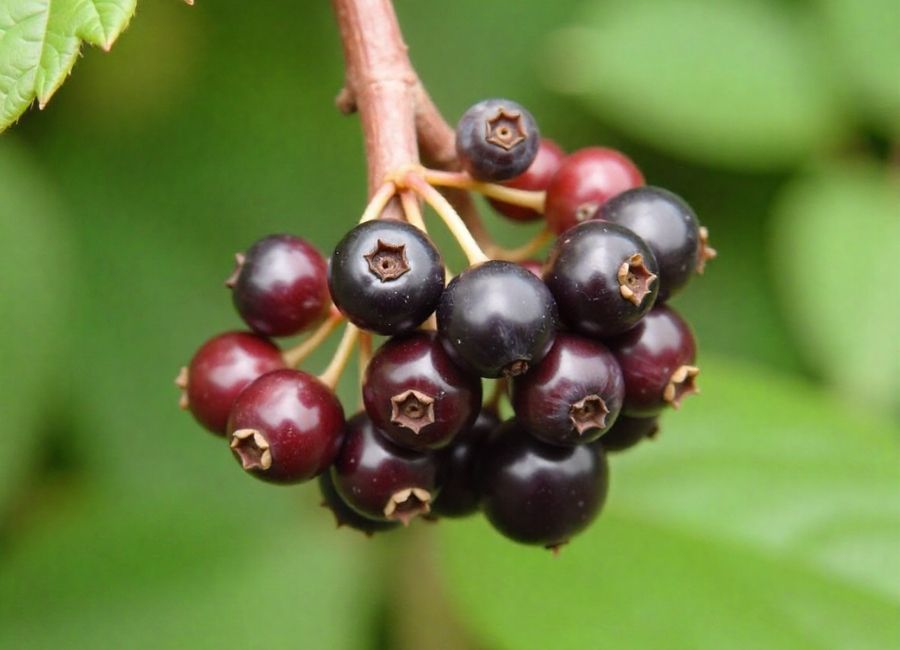You might know the name Huckleberry from Mark Twain’s Huckleberry Finn or the cartoon Huckleberry Hound. But what is a huckleberry, really? If you don’t live in the Pacific Northwest, you might think of it as more myth than reality.
The word “huckleberry” actually describes several different wild plants found in the Pacific Northwest, especially in places like Montana and Idaho. (Background – Montana Entomology Collection (MTEC), n.d.) All of these plants are part of the Ericaceae family and grow small, round berries that can be red, blue, or black. (Vaccinium fuscatum, n.d.) Huckleberries have a long history and a special flavor that captures the spirit of the American wilderness.
In this guide, you’ll learn all about huckleberries—from what they taste and look like to their health benefits and where to find them.
The Story Behind the Name
Where did the name huckleberry come from? The story goes that early American colonists confused the berry with a European fruit called the “huckleberry.” As time passed, the name changed, and by 1670, people were calling it “huckleberry.” (Huckleberry, n.d.)
Today, huckleberries are a favorite in local cooking, especially during their peak season from July to September. People love using them in pies, jams, pancakes, and many other sweet dishes.
What Do Huckleberries Look and Taste Like?
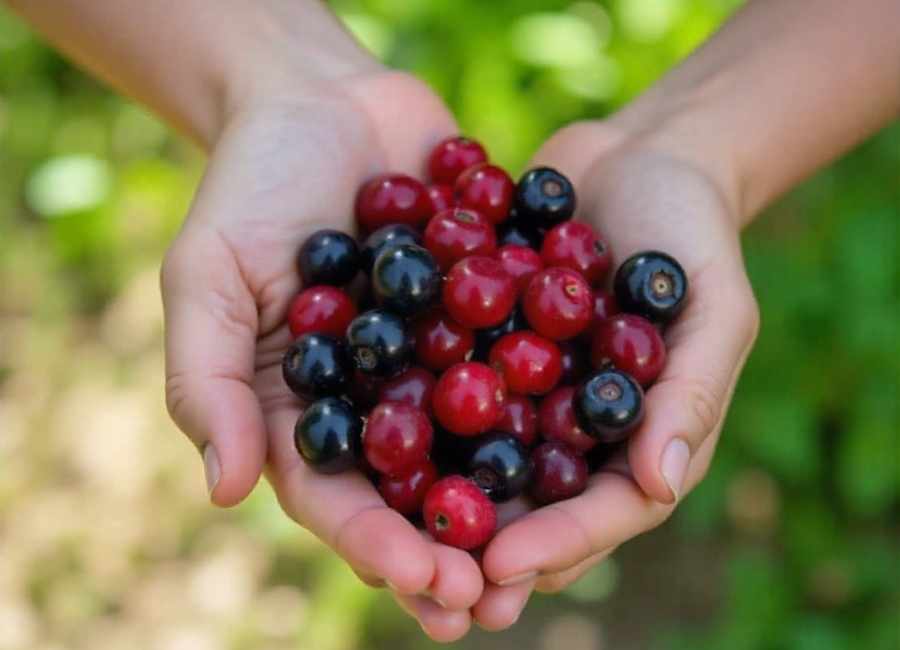
Huckleberries look a lot like blueberries, but there are some key differences.
Appearance
Huckleberries are small and round, with colors ranging from vibrant red to deep blue and black. One of the most noticeable differences compared to blueberries is their seeds. Huckleberries contain ten large seeds, which can have a slightly bitter taste and a harder texture. (Huckleberry vs. Blueberry: Comparing Small, Tart, Sweet Berries | HowStuffWorks, n.d.)
Flavor
The taste of a huckleberry largely dependThe flavor of a huckleberry depends a lot on its color.rt and tangy.
- Darker huckleberries—like purple, blue, and black ones—are sweeter and taste like a stronger, more complex blueberry.
A lot of people think huckleberries taste best when cooked, since they can feel a bit mealy if you eat them raw.
Huckleberry vs. Blueberry: What’s the Difference?
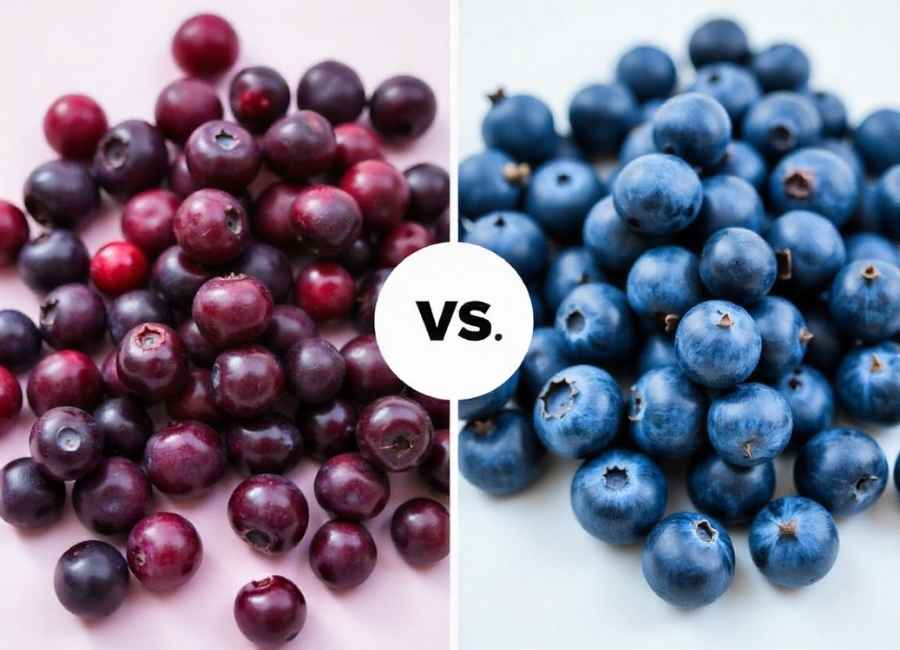
Even though huckleberries and blueberries look and taste alike, they’re actually different fruits. The main differences are in their genetics, seeds, and how they’re grown.
- Genetics: Scientifically, huckleberries belong to two plant genera, Gaylussacia and Vaccinium. Blueberries, however, only belong to the Vaccinium genus. (Huckleberry – Wikipedia, n.d.)
- Seeds: The easiest way to tell them apart is by examining the seeds. Huckleberries have 10 large, hard seeds, while blueberries contain many tiny seeds that are barely noticeable when you eat them. (The Difference Between Huckleberries and Blueberries, 2016)
- Cultivation: This is perhaps the biggest distinction. Blueberries are cultivated commercially and are available in supermarkets year-round. Huckleberries, on the other hand, resist domestication. They are almost exclusively harvested from the wild, making them a rare and special find. (Blueberries and Huckleberries, 2025)
Where to Find Huckleberries
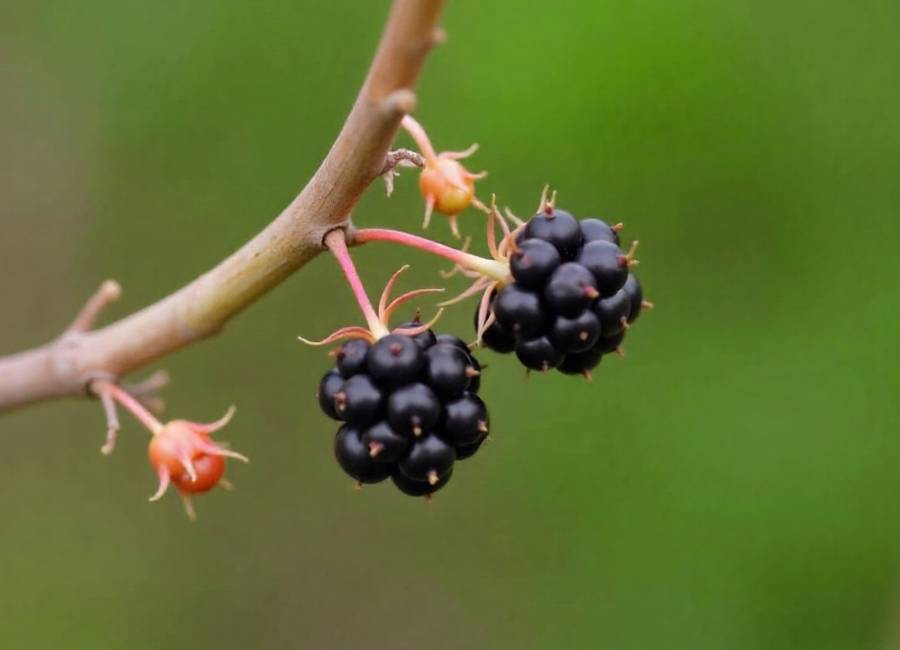
So how can you find these wild berries? It mostly depends on where you live.
If you live in a region where they grow, like the Pacific Northwest, you might consider going huckleberry picking. However, this isn’t a simple walk in the park. It can be a challenging and even dangerous activity. Grizzly bears are known to love huckleberries and will travel long distances for them. (Effects of bear endozoochory on germination and dispersal of huckleberry in the Canadian Rocky Mountains, 2024) If you decide to go picking, always go with an experienced guide, be aware of your surroundings, and ensure you can correctly identify the berries to avoid poisonous look-alikes.
If you don’t live in the Pacific Northwest, it’s hard to find fresh huckleberries at your local store or farmers’ market. The best option is to shop online, where you can find frozen huckleberries, jams, syrups, and chocolates. If you do find fresh ones, freeze them so you can enjoy their flavor any time.
The Health Benefits of Huckleberries
Like most berries, huckleberries are full of nutrients that are good for your health.
- Rich in Vitamin C and Antioxidants: Huckleberries are a great source of vitamin C and antioxidants. These nutrients help your immune system, protect you from illness, and support healthy, smooth skin. (Huckleberry Health Benefits || Nature’s Antioxidant Powerhouse, n.d.)
- High in Iron: Huckleberries also provide iron, which helps prevent iron deficiency and anemia. (Health Benefits of Huckleberries, 2024)
How to Enjoy Huckleberries
You can use huckleberries in You can use huckleberries just like any other berry. Their mix of tart and sweet flavors works well in many recipes. Here are some ideas to try:s, scones, or cobblers.
- Simmer them down to create delicious jams, jellies, or sauces.
- Stir them into pancake or waffle batter for a breakfast treat.
- Incorporate them into savory dishes, like a quinoa salad, for a surprising burst of flavor.
Since some people don’t like their texture when raw, cooking huckleberries is often the best way to enjoy them.
A Wild and Wonderful Fruit
Huckleberries are more than just a fruit—they’re a symbol of the wild, full of American history and stories. They might be harder to find than blueberries, but their special taste and health benefits make them worth it. Whether you eat them in a pie or a salad, huckleberries give you a real taste of the Pacific Northwest.











